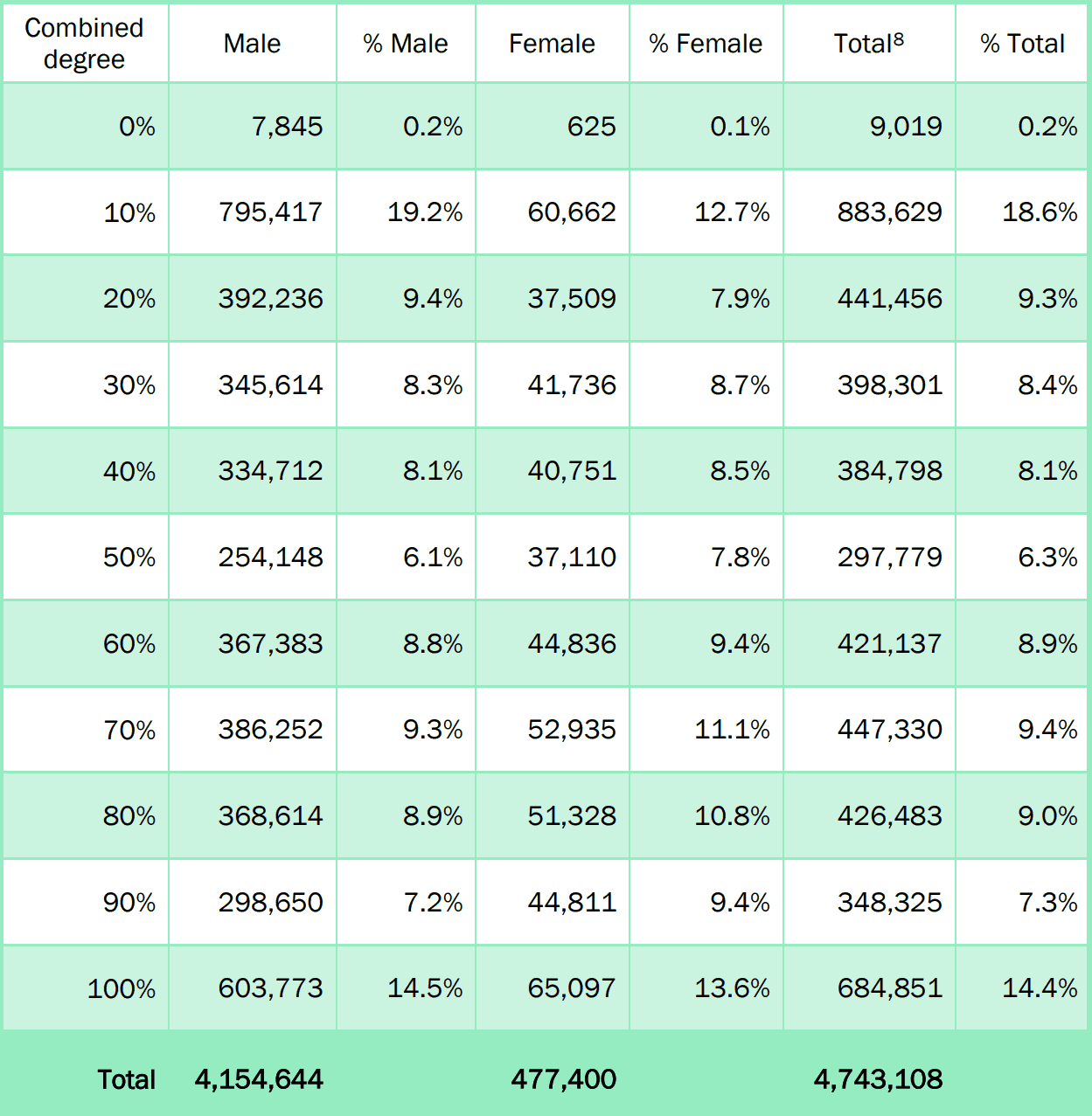


The bilateral factor’s purpose is to compensate a veteran for the additional loss of their ability to function as a result of both sides of their body being affected. However, a veteran with a disability in both arms is able to do far less. If a veteran has a disabling condition affecting his right arm, and then his left arm becomes disabled, he is severely limited in his ability to function.Ī veteran with a disability affecting only his left arm has his right arm to use for daily tasks. The law recognizes that these situations are much more limiting on a veteran. What is the reason behind the bilateral factor? Specifically, the bilateral factor is defined by statute as existing when “a partial disability results from disease or injury of both arms, or of both legs, or of paired skeletal muscles, the ratings for the disabilities of the right and left sides will be combined as usual, and 10% of this value will be added before proceeding with further combinations.” When a veteran has a disability that affects both arms, both legs, or paired skeletal muscles, their overall combined rating must reflect what’s known as the bilateral factor. This guide will break down the basics of the bilateral factor and how it relates to your VA disability claim.
#Va percentages calculator code
So, it’s important that the VA calculates your disability rating accurately through the use of diagnostic code numbers.Īnd if you have a disability on both sides of your body, the VA will use what’s known as the bilateral factor in these calculations. When rating a veteran’s disability for monthly compensation benefits, the Department of Veterans Affairs considers a number of factors.Įvery impairment is different. Social Security Disability Benefits Guide.List of Blue Water Navy Ships Exposed to Agent Orange (Interactive Vietnam Map).Individual Unemployability Rating Calculator.A 2023 Guide to VA Disability Rates & Pay Schedules.


 0 kommentar(er)
0 kommentar(er)
